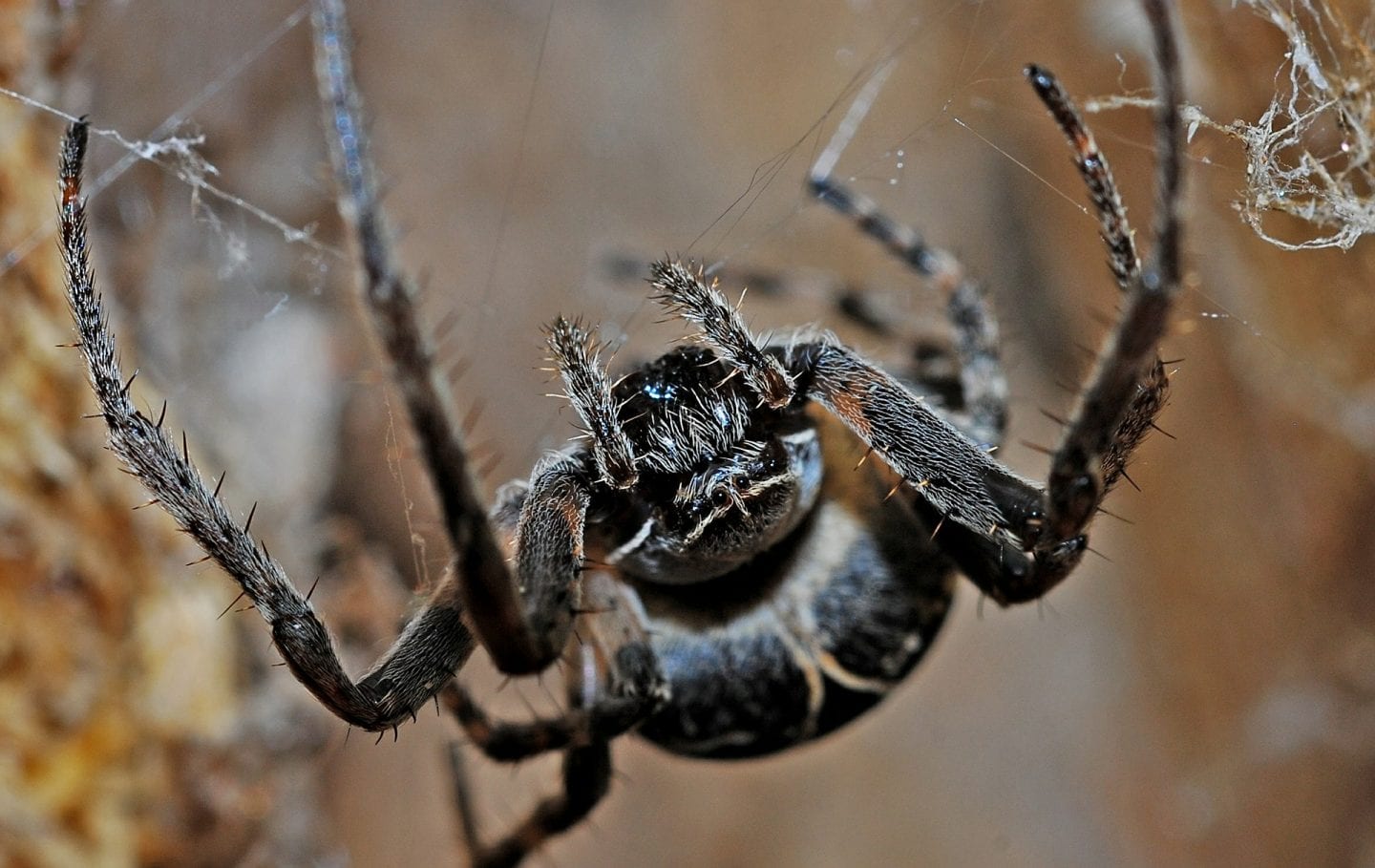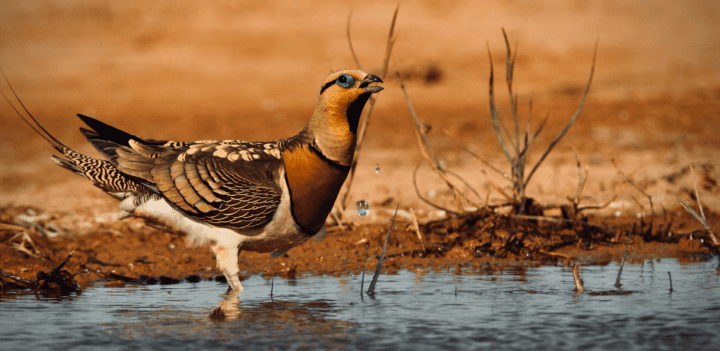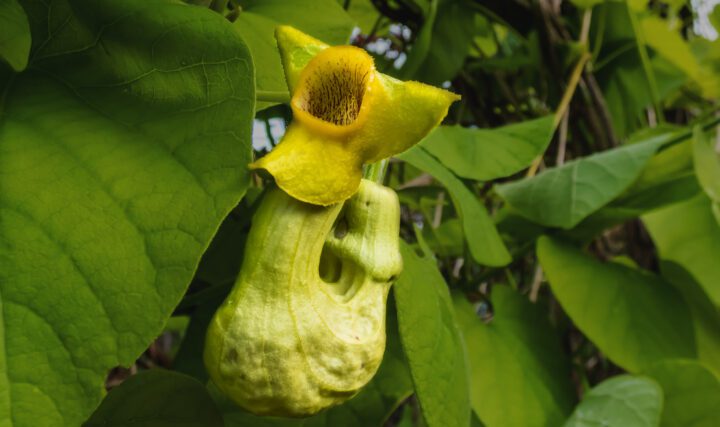Modify Material Characteristics
The materials found in living systems are variable, yet often made from the same basic building blocks. For example, all insect exoskeletons consist of a material called chitin. Because material resources are limited, each material within or used by a given living system must frequently serve multiple purposes. Therefore, living systems have strategies to modify materials’ softness, flexibility, and other characteristics. To ensure survival, the benefits of these modifications must outweigh the living system’s energy and material expenditure to generate them. For example, spiders store the liquid components of spider silk in a gland, converting them into silk thread when needed. Some threads have different characteristics, such as elasticity and UV reflectance, than others.
Manage Tension
When a living system is under tension, it means there is a force pulling on it, like a person pulling on a rope tied to a horse. When applied to a living system, unless the system is completely rigid, the result is that it gets stretched. If stretching exceeds the strength of the living system’s material, it can damage it. Living systems manage tension using materials that are flexible and stretchable enough to survive most tension that occurs in their environment. The ocean’s intertidal zone offers a good example. The waves and incoming and outgoing tides put tension on soft-bodied organisms. Mussels resist tension with flexible threads that hold them onto rocks; in contrast, large algae have stretchy fronds.
Store Energy
Once a living system captures energy or transforms one energy form into another, it must frequently save that energy for future use. But energy is difficult to store in some forms. So living systems need strategies to either use energy quickly, or to convert it from forms that are difficult to store (such as electrical or kinetic) to more storable forms. For example, grasshoppers store energy as potential energy in an elastic material in their tendons. When they need to jump, that energy converts into kinetic energy, providing the force needed to escape predators.
Capture, Absorb, or Filter Organisms
Many living systems must secure organisms for food. But just as one living system must capture its prey to survive, its prey must escape to survive. This results in capture and avoidance strategies that include trickery, speed, poisons, constructed traps, and more. For example, a carnivorous plant called the pitcher plant has leaves formed into a tube that collect water. Long, slippery hairs within the tube face downward. When insects enter the tube seeking nectar, they lose their footing and slide inside, unable to climb out and escape being eaten and digested by the plant.





